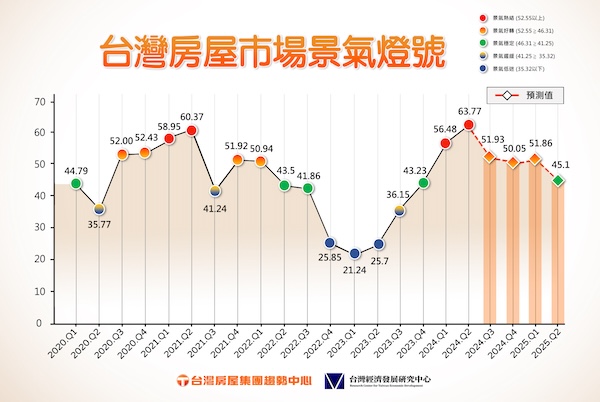As every bully knows, if you push your hapless ‘victim’ far enough, they will eventually lash out in an attempt to defend themselves. And in that case, who exactly is to blame?
Couple weeks ago, hundreds of mainly youngish protestors in Hong Kong broke into the Legislative Council (Legco) building – the place where the local government works – and unleashed their fury on it. They smashed glass doors, graffitied the walls with slogans like “anti-fugitive law” (a reference to the legislation that ignited the protests in the first place), “universal suffrage” and “Carrie Lam step down” (Lam is the city’s current Chief Executive). And they tore portraits of past Legco presidents off the wall, broke computers and messed with the building’s electrical wiring. However, they also paid for the drinks they took from the cafeteria, put a note in the library that said “protect antiques, no damages,” and didn’t really hurt anyone in the process. Overall, they caused about HK$60 million in damage and ground government meetings to a halt for the near future.

This was big news in Hong Kong, of course – as well as around the world – and the reaction to it was swift and polarizing. Lam, pro-establishment lawmakers, business heads and religious leaders, among others, condemned the violence of the protestors’ actions (with said lawmakers dubbing it “the darkest day of the 176 years of Legco history”), while pro-democracy lawmakers and many young, fed-up citizens, although not necessarily condoning the violence, asked people to try to understand the reasons behind it. Essentially, the event divided Hong Kong society even further over the controversial extradition bill (also known as the fugitive bill, which would have created an extradition arrangement with mainland China for the first time).
I recently went to Hong Kong myself, arriving there a day or so after the Legco break-in occurred, and was greeted by nonstop news coverage of it. TVs in restaurants were showing guys in black shirts, hardhats, goggles and work masks slamming battering rams into the glass door of a building and then running amok inside, before eventually scampering away before the police arrived. It was a startling and unexpected spectacle for me, as I hadn’t read the news in a couple days and had no idea what was going on. But now, as I’ve had some time to digest these events, I’d like to try – like the pro-democracy lawmakers suggested – to understand what happened. Because isn’t a bit presumptuous to judge someone without first attempting to understand them?
The first thing to note is that most Hong Kongers (and all the people I spoke to in person) seem to support the protesters. What they don’t support, however, is the use of violence or the smashing government buildings. And, in fact, the kind of violence associated with the Legco occupation appears to be an aberration in the ongoing protests. I happened to witness one while I was there, and, although it was massive – like a sea of black-shirted people in the streets – it was generally peaceful. Whole families came out, people chanted what sounded like uplifting slogans, it was organized, and the streets were kept clean. It felt positive, somehow, as though all those people had turned up to express their solidarity and feelings about the government in a healthy way, without wishing to harm anyone. And aside from that one protest I attended, life in the city every other day was completely normal, so it wasn’t like the protesters had damaged the fabric of society or anything.
The other thing to keep in mind here is context. If you go back to the Umbrella Movement of 2014, where hundreds of thousands of people came out to demonstrate against the nondemocratic way Hong Kong’s Chief Executive is selected, you’ll see that the government’s response was basically nothing, as it simply ignored the protesters’ gripes. Then, more recently, when about 2 million folks took to the streets on June 12th to show their opposition to the extradition bill, the government again failed to react to protesters’ demands, which currently include the complete withdraw of the suspended fugitive bill, the release of arrested protesters without charge (like what happened during Taiwan’s Sunflower movement), and an independent investigation into the excessive use of force by police. Also, according to some analysts, the lack of universal voting rights in Hong Kong has led to growing resentment among citizens and widespread distrust of the government, and many people have begun feeling hopeless – and helpless – about their future prospects. In fact, there are reports of young people committing suicide over the extradition bill, a shocking and disturbing indication of how important these issues are to them.
So given this all of this, is it fair to flat-out condemn those radicals who attacked the Legco? I mean, if you were trying to tell someone something over and over again, and they wouldn’t listen, what would you do? Maybe you’d try to find another way to get their attention, which is kind of what those protesters did. By taking over one of the most ‘sacred’ and visible spaces in Hong Kong, they put everyone on notice – the Hong Kong government and their puppet masters (the Chinese Communist Party (CCP)), as well as the world at large – that this is extremely serious business for them, and they won’t be going away quietly.
And we also need to acknowledge that violence breeds violence. If you consider the CCP’s actions in recent years regarding its increasingly severe oppression of the Uighurs and Tibetan minorities in China, as well as its general lack of respect for Hong Kong’s autonomy as outlined in the handover treaty signed with the British, you might say that Beijing was one of the more subtly violent governments on Earth. Seen from this perspective, the words of young Hong Kongers somehow ring true, such as those of 18-year-old Sunny Lau Nok-Hing, who thinks the violence of the protesters was “a response towards the legislative violence under this unfair political system.”
As every bully knows, if you push your hapless ‘victim’ far enough, they will eventually lash out in an attempt to defend themselves. And in that case, who exactly is to blame? Is it the bully, who day by day took away his victim’s fundamental rights just because he could, or the victim, who after being mistreated for so long, suddenly decided to stand up for himself and punch the bully in the face?
Author / Peter K. Thompson


![[轉] 台灣應該放寬長期移工入籍與定居](https://newcongress.tw/wp-content/uploads/2025/12/台灣應該放寬長期移工入籍與定居.png)
